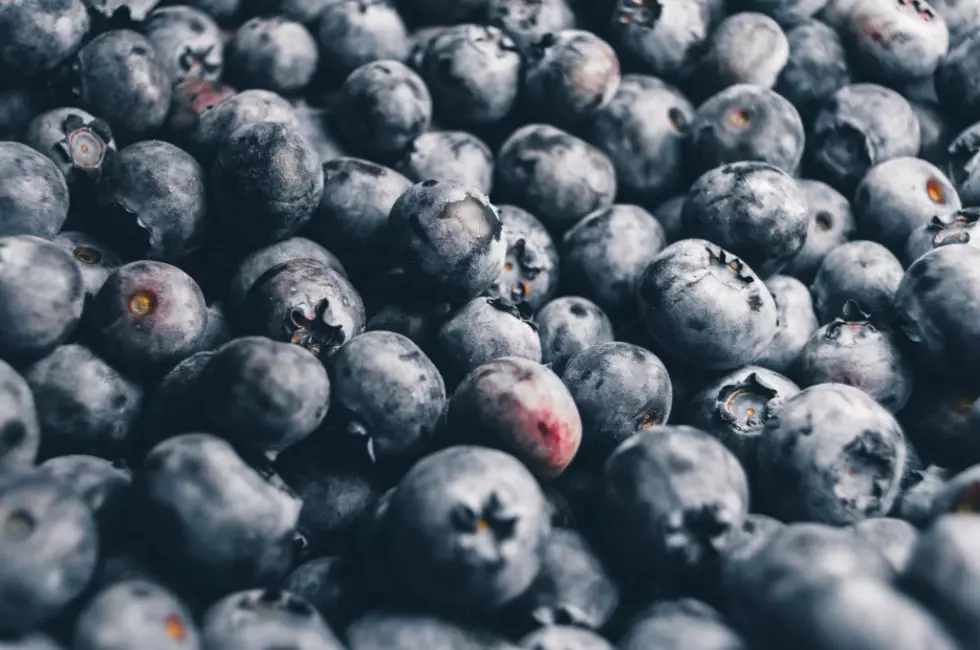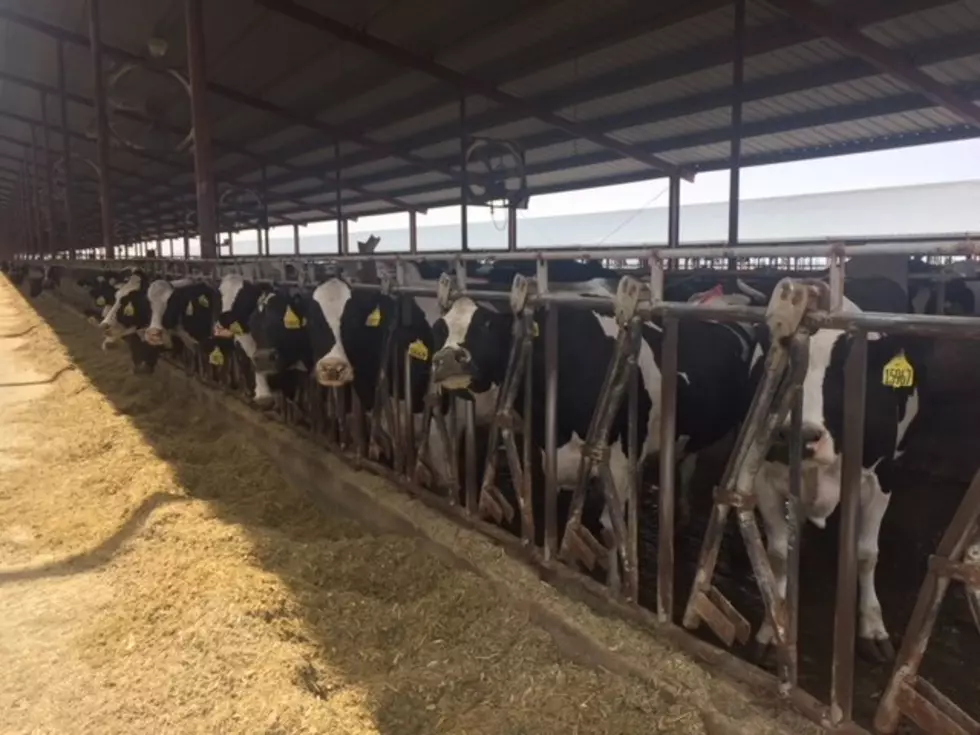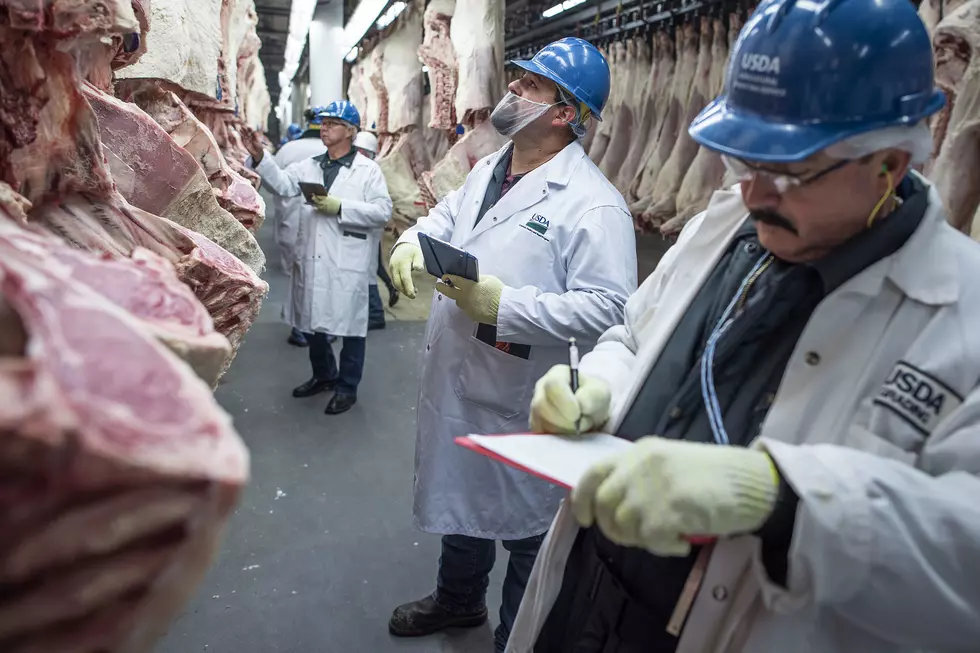
Blueberry Industry Continues To Evolve, Grow
The blueberry industry is no longer a multi-regional market but has become a global market amidst supply-chain issues. Senior Analyst in Horticulture David Magaña is one of the key researchers in a recent Rabobank study tracking the progression of the blueberry industry over the past decade.
In short, blueberry consumption is expected to increase in the next five years, with lobal exports expected to surpass one metric ton by 2025 or 2026. And per capita availability is set to continue, with upward trends in the U.S., the U.K., China, the E.U. and other central and South American markets such as Peru, Mexico and Chile.
EU-27 and China are predicted to increase per-capita availability by 100%-200%, with China’s blueberry availability growing 36 times more in the past decade. Blueberry exports in the E.U. and the U.K. have also grown six times more in the past decade. Between 2021-22, EU-27 blueberry imports reached 341,000 metric tons, with supplies arriving from Peru, Morocco, and South Africa extending the E.U’s season.
Harvested acreage doubled in the last 15 years, with organic blueberries making up 12% of U.S. fresh blueberry exports. It’s estimated that U.S. blueberry sales will increase from about 50% in 2021 to roughly 66% by the end of the current decade, and potentially reach 75% by 2035.
“In order for that to happen, the industry will need to provide consistent quality and possibly even experience for consumers, day in and day out, because I think the industry now is at an inflection point where if they can take advantage of these market trends, the industry can really meet their full potential,” Magaña explained.
Yet with these rapid industry changes, this global growth has led to significant challenges.
“This industry is developing really fast and transforming quite fast and has the potential to continue to grow as we're dealing with a great product, such as blueberries, where you have this powerful combination of healthfulness, convenience and taste that will continue to attract new consumers,” Magaña said. “At the same time, this increase in volume is coming from some growing regions. It's bringing some challenges to the industry so we have this massive collusion between increasing demand, and also obviously more shipments and more competition”
Click Here to check out that entire Rabobank study.
In South American countries, Peruvian exports experience declining unit prices, stagnating production in Chile, and an increase in substrate-grown berries in Mexico. Increasing input costs, labor issues, and logistical issues have also motivated companies to increase their production more efficiently. Notable changes include increasing the use of substrates, protecting blueberry habitats and mechanical harvesting to address supply-chain issues.
If you have a story idea for the PNW Ag Network, call (509) 547-9791, or e-mail glenn.vaagen@townsquaremedia.com
More From PNW Ag Network









